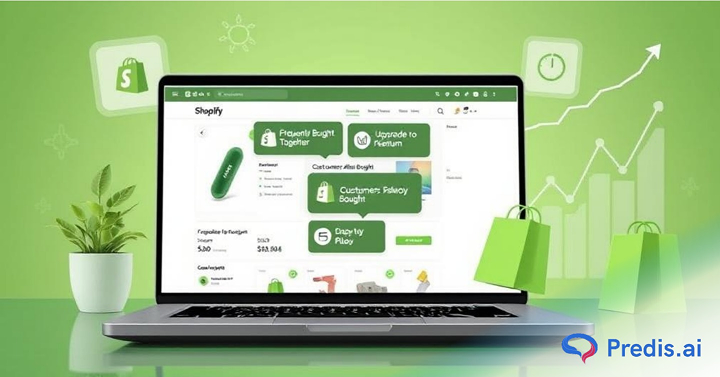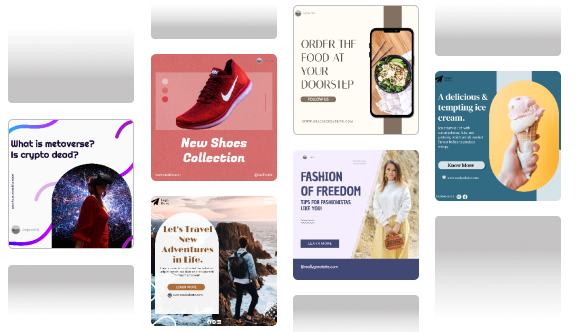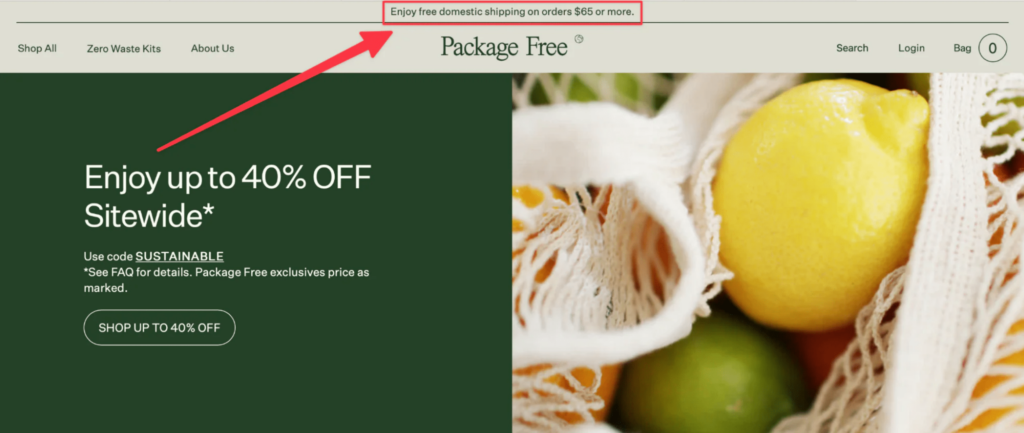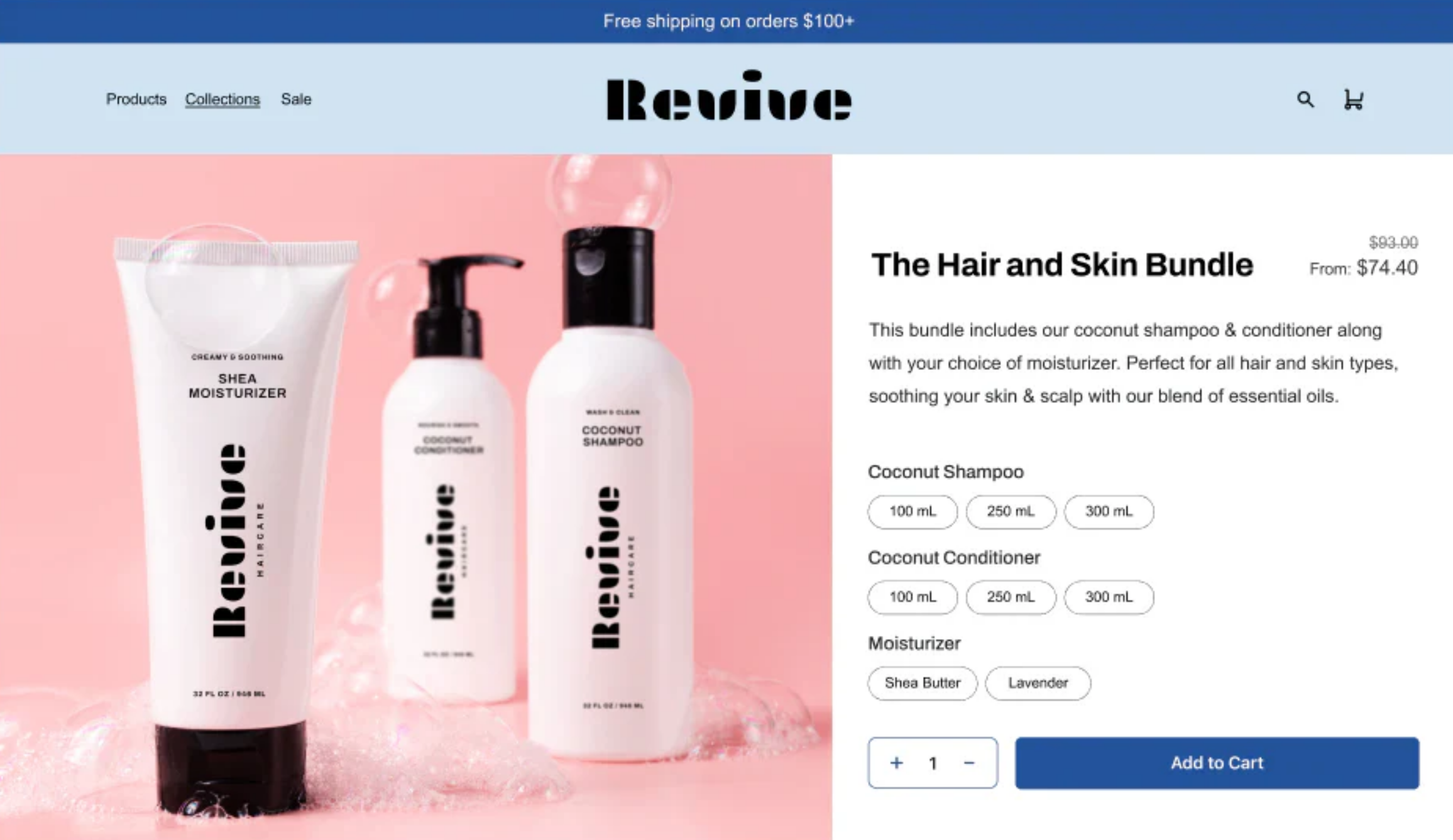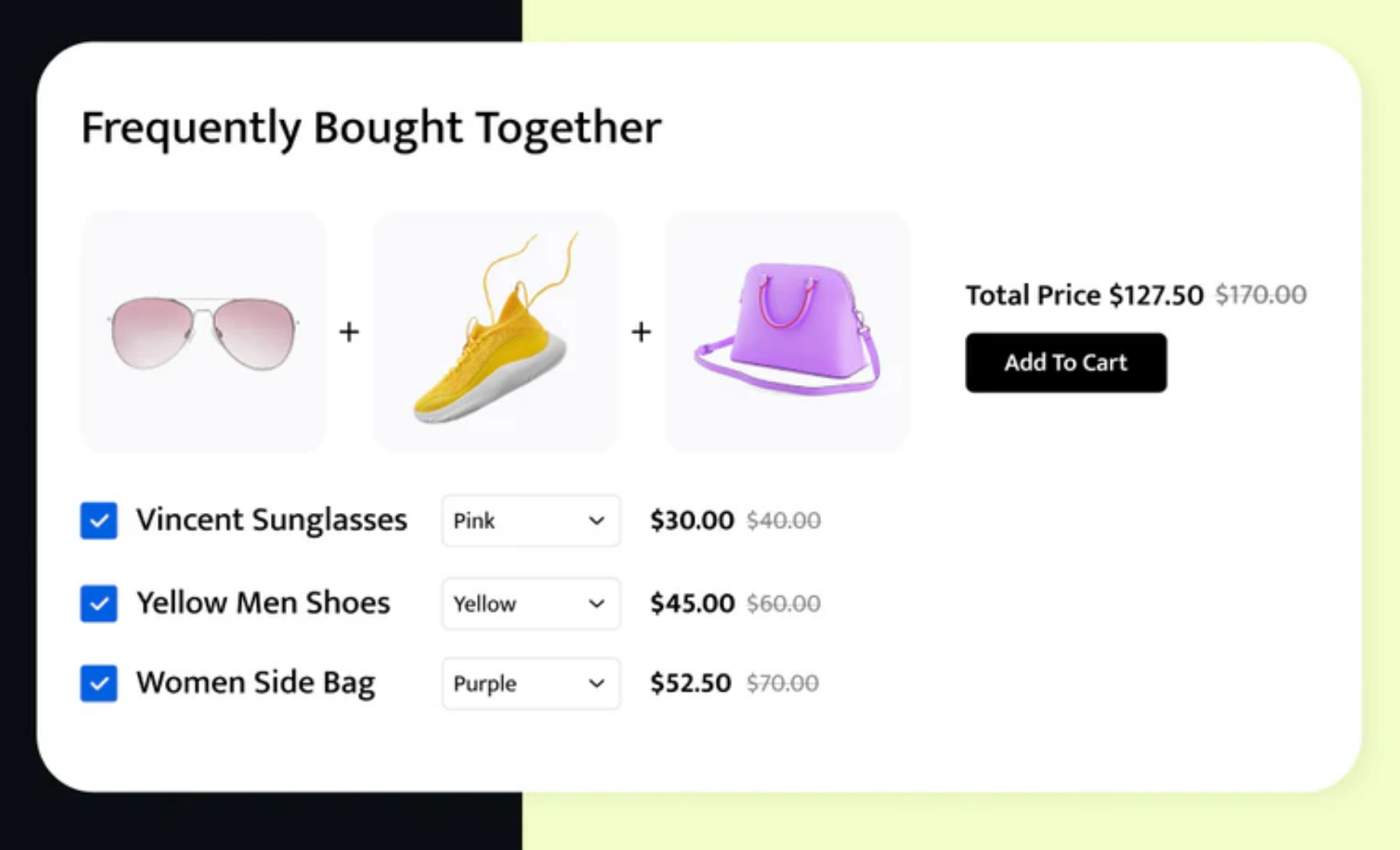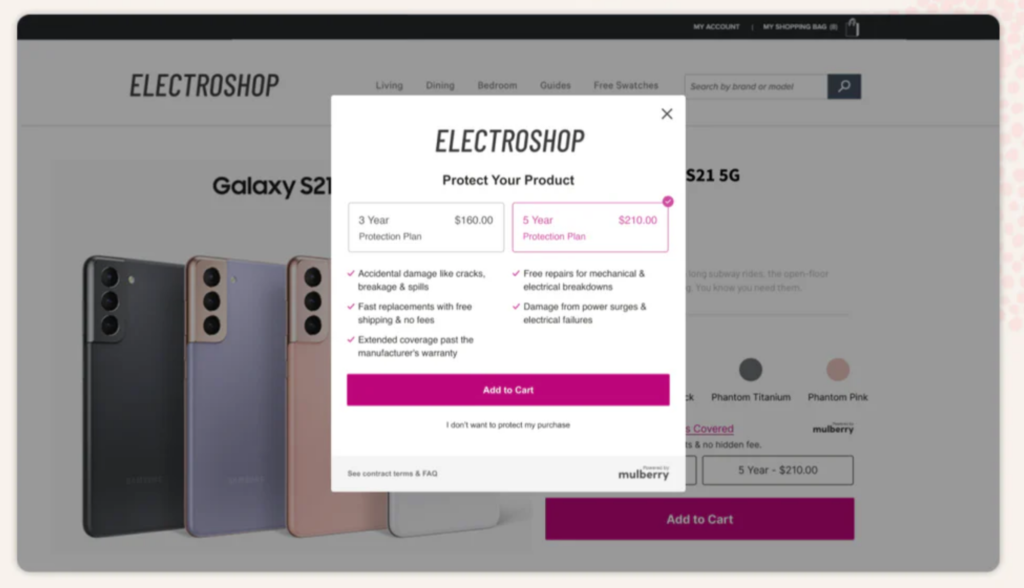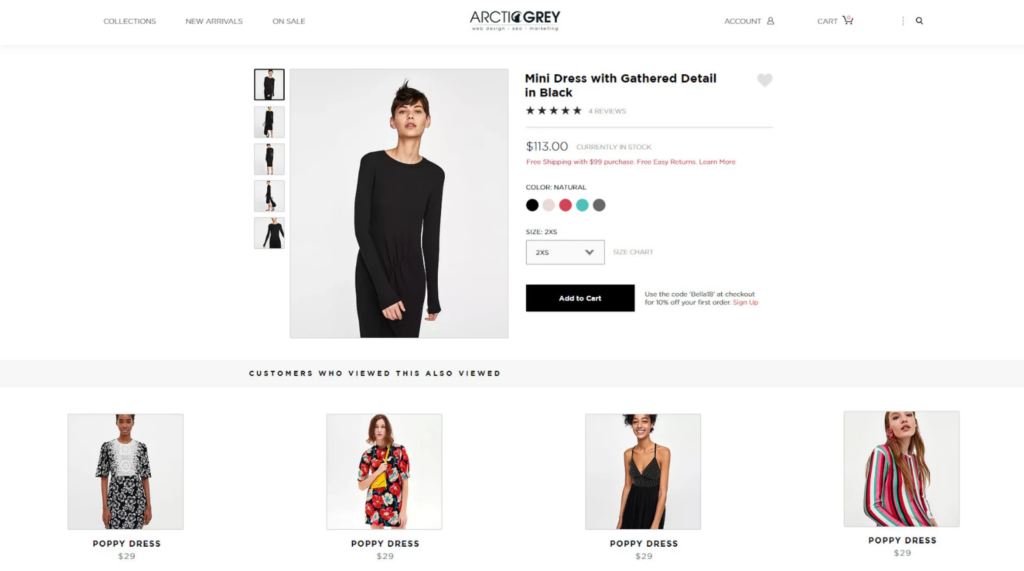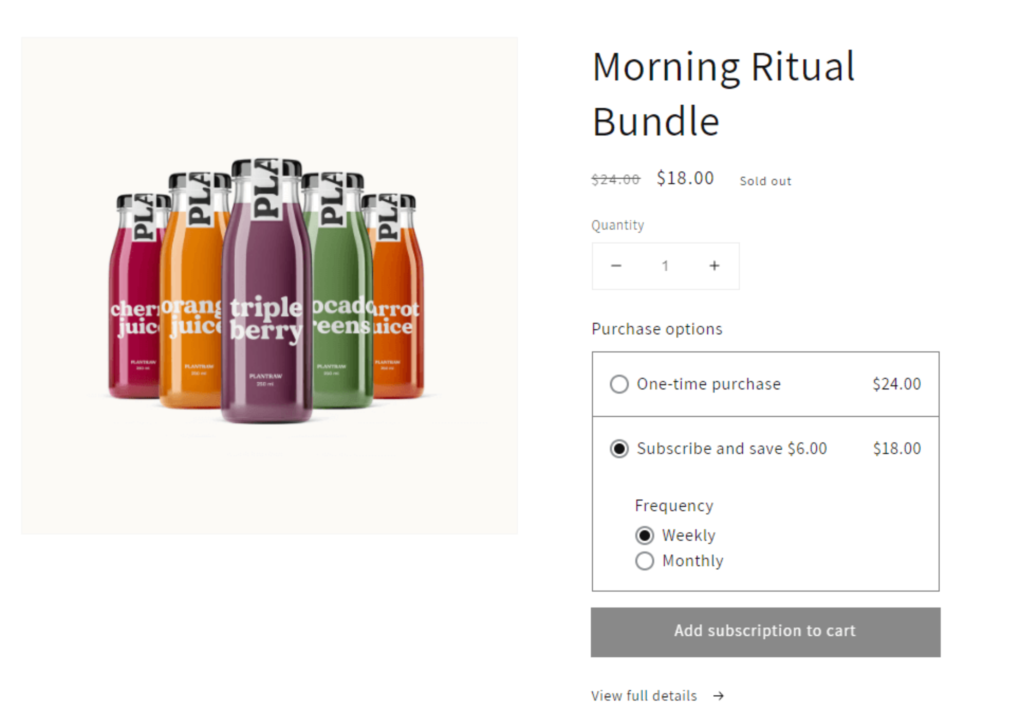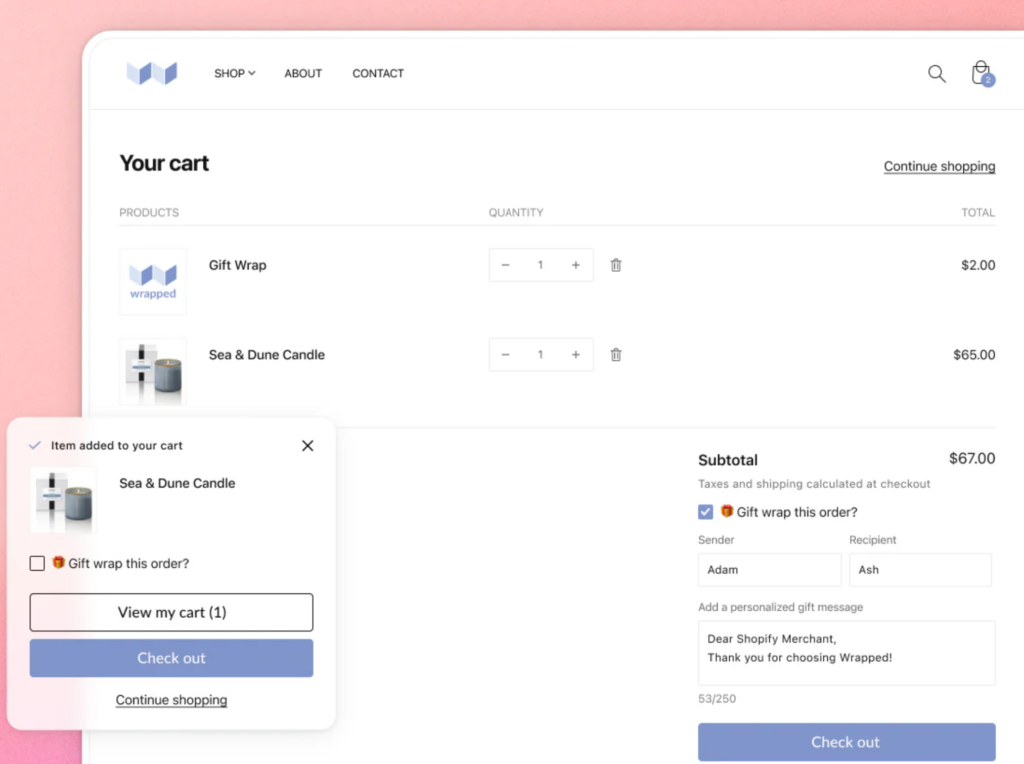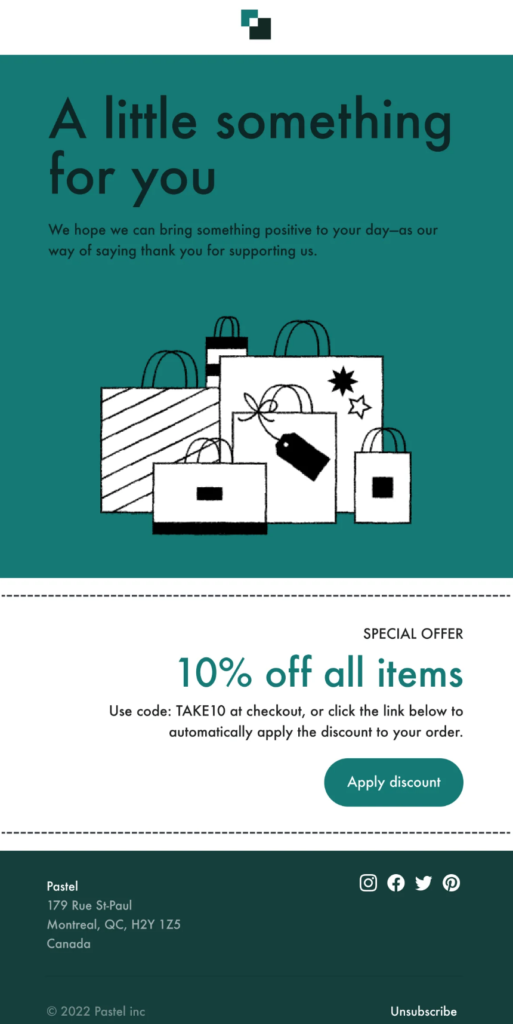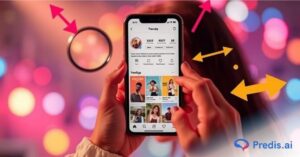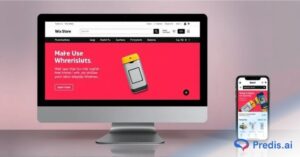If you own or manage an online store on Shopify, you already know that upselling is among the most effective ways to boost your business’s revenue.
The term upselling often gets a bad rep. We imagine pushy salespeople when we hear “upselling”. We usually picture them scheming to squeeze more money out of us.
But upselling can be a powerful tool to help both the customer and the business. It is a legitimate sales strategy and if done right, it can strengthen the business’s relationship with the customers. This can improve their shopping experience and also bring in more revenue for the business. Thus creating a win-win situation for both the business and the customer.
In this article, you’ll learn what upselling is and some of the best upselling strategies for Shopify. Plus, we’ll provide practical, real-world examples to help you apply these strategies to your store. These strategies are aimed to increase both revenue and customer satisfaction. Whether it’s during the customer journey or after the purchase, we’ve got you covered.

Once in place, these upselling strategies for Shopify will generate extra revenue for your Shopify store. They take very little effort but can add a large chunk of revenue to your business.
Let’s start by understanding what is upselling.
What is upselling?
A lot of work goes into converting potential customers into actual customers.
But once they’ve moved through the customer journey and are finally convinced to part with their hard-earned cash, how do you get them to buy more?
The answer lies in upselling.
Upselling is the process of selling an extra product or service to a customer and making them spend more than they initially intended. This can be a more expensive product upgrading the same product, or some service complementing the bought product.
Effective upselling strategies for Shopify help a business increase its average order value(AOV) or customer lifetime value. This helps in generating more revenue immediately or over the long term.
While you’re offering complementary or upgraded products, you enhance your customer’s overall experience. Imagine a customer buying a shampoo and they buy it every 3 months. Now, wouldn’t they appreciate a subscription service while getting 5% off on every order? By providing this service, you’re not just making a sale, you’re helping them get the most out of their purchase. This eventually helps you both by boosting their satisfaction and your sales at the same time.
Examples of Upselling
Here are some examples to help you better understand upselling:
- An airline prompts a passenger flying coach to upgrade to a first-class seat as part of the airline check-in process.
- A restaurant menu gives diners the option of adding chicken or shrimp to a salad for an additional cost.
- An online tool or resource is available in its most basic version for free. For example, ChatGPT has a free version, but unlocking premium, desired features involves paying a fee.
What’s the Difference Between Upselling and Cross-selling?
You might come across cross-selling when you hear upselling. It’s easy to mix up upselling and cross-selling and use them interchangeably. However, they are two distinct marketing strategies. Although each helps you maximize your Shopify sales, they do so differently.
Upselling convinces a customer to purchase a more expensive version of a product or service to increase the average order value. While cross-selling aims to make your customers buy a recommended product related to what they’ve already purchased.
Let’s illustrate this:
Upon searching for an iPhone 12 on Amazon, you get a ‘Customers also looked at’ recommendation suggesting an iPhone 13. An iPhone 13 is an upgraded version of an iPhone 12 and is also more expensive, so this is an upsell.
You also get a frequently-bought-together recommendation that includes a screen guard. A screen guard is an add-on that the shopper can use with an iPhone 12, making this strategy a cross-sell.
In summary, upselling promotes a better quality product, while cross-selling recommends an extra but related item.
Now let us dive into the main topic of our blog.
15 Upselling strategies for Shopify (with examples)
There are several ways to upsell to your existing customers as they browse through your Shopify store. But here are the best upselling strategies for Shopify we recommend to online businesses:
1. Provide free shipping (above a specific cart value)
The first and one of the most effective upselling strategies for Shopify is Free shipping. Offering free shipping is a relatively old tactic, but it’s a proven method and still works.
But how do you use it for upselling? Simply remind people how much more they need to spend to qualify for free shipping. This might encourage them to add more to the shopping cart.
2. Use the Rule of Three
The rule of three is the idea that in speech and text, information is more effectively conveyed when presented in groups of three. It is based on the idea that people have a tendency to remember and process information more easily when it is organized in threes.
It is even used in marketing slogans like “Just Do It – Nike” or “I’m Lovin’ It – McDonald’s.”
So, how does it work in upselling? Simply put, people respond to patterns. You can take advantage of the rule of three and show your upselling options in threes as in below.
3. Use the product detail page for upselling
The goal here is to streamline the upselling process by implementing strategic product upsells. It should be in a way that customers can easily add additional items or upgrades to their purchases without friction.
4. Offer product bundles
Bundling actually includes both cross-selling and upselling. However, it sure is a strategy you can try to increase your average order values.
This typically includes creating a collection of products and offering them as a single package. You can name the bundle ‘Frequently bought together’. This allows the the customer to purchase it together, instead of having to select each item separately.
But to make bundling effective, you must be able to identify common consumer interests to combine products related to one another. It also helps if you create different types of product bundles to give consumers more options and add a discount on top of it.
5. Add digital products
Digital products that complement the item added to the cart can be a great way to provide assurance to the customer. Here is an example:
6. Win Their Trust with Social Proof
The social proof strategy shows people that others who purchased the product found it valuable. It’s a popular marketing tactic used by top retailers like Amazon.
Here’s an example. With the words, ‘Customers also viewed’, it shows customers that other people on Shopify viewed these products.
7. Offer limited deals and discounts
Another way to get a visitor to explore a product of a higher value than what they intended to purchase is to offer a limited-period discount on it.
This creates the sense of them getting something better at a steal deal.
FOMO marketing always drives higher conversions.
Boost Shopify Sales with Social Media🤩
MAKE POSTS WITH AI8. Offer easy subscriptions to products
Another clever way to upsell to online shoppers is to turn a one-time purchase intent into a recurring one. You can do this by offering them to subscribe to your products using the best Shopify subscription app to avail of a discount or an added benefit.
For example, here’s how Plantraw gets more of the same product sold by simply offering a subscription at a marginally discounted price:
9. Buy more save more quantity tiers
Encourage online shoppers to buy more of the products they’re already interested in. This includes asking them to buy a higher quantity of the product to be able to avail of a special discount you’re promoting or save more on the total cart value.
This is one of the most effective upselling strategies for Shopify and works perfectly well for products that a consumer may require more regularly and would see the benefit in purchasing in one go. For example, toothbrushes are something people are going to need after 3 months. Giving the option to buy in bulk is a good example of upselling.
10. Implement tiered discounts
Offer tiered discounts based on the total purchase amount. For example, provide a percentage discount or a fixed amount off, when customers spend above a certain threshold. This encourages customers to add more items to their cart to reach the next discount tier.
11. Offer a larger size of the same product with a benefit
Another upsell strategy that does the trick to make customers buy more is offering a slightly larger size of the same product at an added discount.
For example, if they were initially looking at purchasing 250g pack of cereal, you introduce them to a 1kg pack highlighting its benefits.
12. Offer shipping upsell to give customers more control
Continuing on similar lines, you can also upsell shipping to the customer. Offer them multiple shipping and delivery options at different costs, highlighting the benefits of each.
This way, the shopper also gets to ensure they receive the order at the delivery date they want it to reach them.
13. Display gift-wrapping options
Ability to opt for gifting – gift boxes, gift wrapping, gift card messages, and gift cards are a great option to have in your toolkit. It may not increase your revenue outright, but it can increase customer satisfaction. And it will help boost your average order value.
Here is an example below:
14. Use email marketing
Email marketing is an excellent tool for upselling. You can use it to offer discounts and remind customers about their orders.
You can also use email marketing to convert your email subscribers into buyers. Send out an email asking them to make a purchase or just remind them about their order by sending out a coupon code for free delivery or a discount that will encourage them to buy from you again!
Here is an example of how to do it and convince the customer to order from you:
Upselling best practices
Upselling can help a business generate additional income when done properly. The idea is to not sound like you’re pushing to sell a product of higher value.
It should always appear that you intend to help customers make an informed purchase decision and get something that is guaranteed to deliver a better customer experience.
Don’t get greedy
While upselling is a great way to increase revenues, it shouldn’t be treated as a shortcut to big profits. Avoid recommending a product or service that is significantly more expensive than the product being purchased.
A huge upsell in the short term may leave buyers unsatisfied, preventing repeat purchases and reducing customer lifetime value in the long run.
Focus on the customer’s needs
Always remember that your goal is to build long-term relationships with customers along with increasing sales. To do that, you need to stay focused on your customer’s needs and how the added value of the upsell will help meet those needs. Don’t be too pushy or aggressive.
Help the customer with the pros and cons
One of the best ways to ensure customers don’t feel pressured in an upsell situation is to approach the conversation as a teaching moment.
When you know your products inside and out, you can let your customers know about the advantages of your offer without being overly salesy. Offer side-by-side comparisons so the customer can see the value in the premium version.
Want to display your products in a way that attracts customers? Check out Predis.ai's Shopify integrations!
Use effective communication
Use persuasive language and framing techniques to convey the value of the upsell to the customer.
For example, if you run a subscription-based streaming service and want to encourage customers to upgrade to a premium plan, your marketing copy should focus on:
- Language of value: Instead of saying, “Upgrade to Premium,” use language that emphasizes the benefits: “Unlock a World of Exclusive Content with Our Premium Plan!”
- Highlight features: Clearly list the additional features they’ll get with the premium plan, such as ad-free viewing, offline downloads, and early access to new releases.
- Time-sensitive language: Create a sense of urgency with phrases like “Limited Time Offer” or “Act Now and Save!” This encourages customers to make a decision promptly.
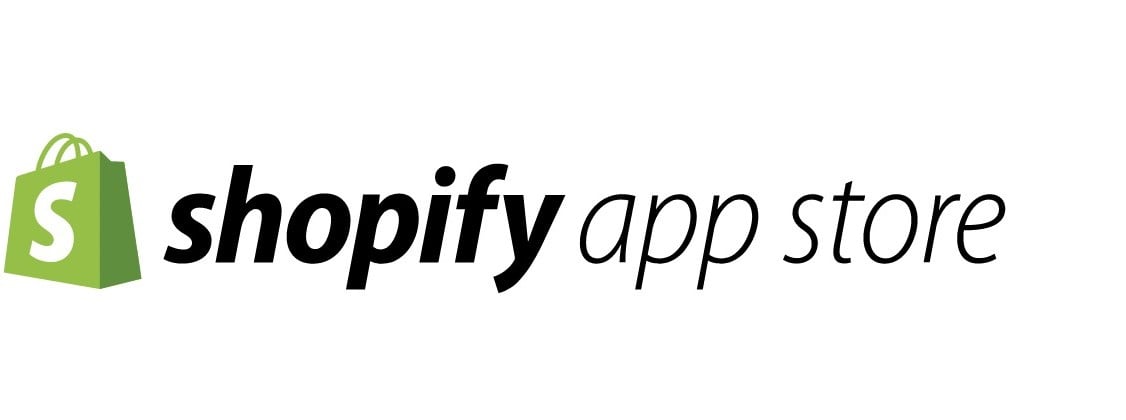
⭐️⭐️⭐️⭐️⭐️
Best Shopify app for Social Media Marketing
Conclusion
Upselling can be a powerful tool to boost your Shopify store’s revenue, but it’s important to do it right. By following the tips in this blog post, you can upsell your customers in a way that adds value to their experience and keeps them coming back for more. Remember, the goal of upselling is not just to boost revenue but to also offer them a good experience. When done correctly, upselling can be a win-win for both you and your customers.
In addition to the tips in this post, be sure to experiment and find what works best for your store and your target audience. With a little creativity and effort, you can use upselling to make your Shopify business successful.
Want to grow your online presence to increase revenue for your business? Check out Predis.ai’s AI-powered tools for e-commerce to give your revenue a boost! Sign up for a free account today!


